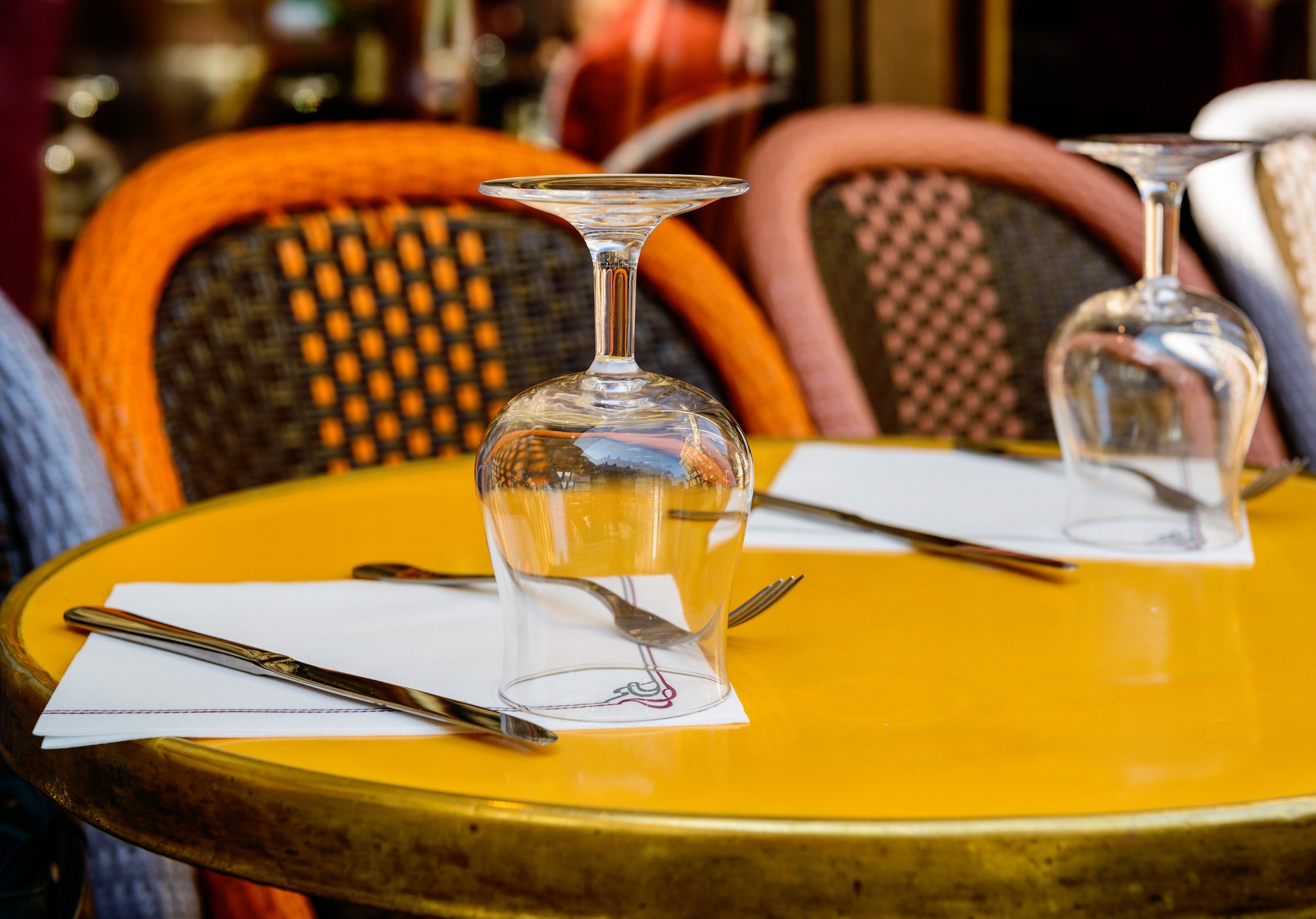At one of my favorite restaurants in Nantucket, you can call at any time during the summer to get a 6:00 reservation. But if you want to eat at 7:30 or 9:00, you have to line up outside on that day. At 6:00, they start moving through the line to note your preference and tell you if they have room at a later seating.
Somewhat similarly, the Washington Post tells of an increasing number of restaurants that depend on walk-ins rather than reservations. For places that are most popular, on a Saturday evening, queue wait times can surpass 3 hours.
So where are we going with this? We can use basic economic ideas to explain why restaurants treat us this way.
As much as eating establishments provide food, they are also giving us a small piece of land that we get to occupy for an hour or two. Consequently, no-shows force them to underutilize the space they sell. Through a walk-in policy instead of reservations, for which there is somewhere between a 5% and 20% no-show rate, popular restaurants can guarantee more of their “land” will be used.
Battling no-shows, pricier restaurants charge us a hefty fee like $50 if we do not cancel at least a day before. Another model that appears to be gaining popularity is to pre-pay. One Chicago restaurateur has an online ticketing model that he is launching commercially. Used now at Next and Alinea, the model requires you to pay the pre-fixe price of the meal when you make your reservation.
As economists, we can see that the restaurants’ behavior is entirely rational. Because each dining establishment is unique, it can behave like a monopoly and try to maximize its profits as a “price maker.” From the consumer perspective, that price making capability involves more than money. It includes the time we spend standing in line.
Monopoly power also lets restaurants engage in some price discrimination. Reservation holders who show up can get favorable price treatment through a discount. Furthermore, as monopolies, restaurants eliminate whole groups of patrons who cannot “afford” the “price” of a line. The elderly might be unable to stand for very long or to travel after dark. For the parents of young children, a babysitting fee that could skyrocket would be a problem. And, those of us who are risk-averse or prefer more hospitable service tend to avoid “a meal that might not happen.”
Our bottom line? Competing in monopolistically competitive markets, restaurant behavior reflects a blend of monopoly and perfect competition.
Any stories about how your local restaurants try to fill their tables? Please do comment.
Sources and Resources: From the Washington Post story on restaurant queues to Business Insider on the economics of restaurant reservations to a Wharton School paper, articles on how restaurants treat us display how market structure shapes a firm’s behavior. Then, taking us to how innovation is everywhere in a market, here is the story of the new reservations model that will compete against Open Table.
Using Economics To Deal With Restaurant No-Shows

Elaine Schwartz
Elaine Schwartz has spent her career sharing the interesting side of economics. At the Kent Place School in Summit New Jersey, she was honored with an Endowed Chair in Economics. Just published, her newest book, Degree in a Book: Economics (Arcturus 2023), gives readers a lighthearted look at what definitely is not “the dismal science.” She has also written and updated Econ 101 ½ (Avon Books/Harper Collins 1995) and Economics: Our American Economy (Addison Wesley 1994). In addition, Elaine has articles in the Encyclopedia of New Jersey (Rutgers University Press) and was a featured teacher in the Annenberg/CPB video project “The Economics Classroom.” Beyond the classroom, she has presented Econ 101 ½ talks and led workshops for the Foundation for Teaching Economics, the National Council on Economic Education and for the Concord Coalition. Online for more than a decade. econlife has had one million+ visits.





